High CPI precursor to tightened policies
 |
| Evidence of the rising CPI can be seen in shopping aisles |
The index (CPI) in October rose 1.05 per cent against the previous month, or 7.58 per cent compared with December 2009, according to the General Statistics Office (GSO).
It is the second straight month the CPI increased above 1 per cent month-on-month. In September, CPI rose 1.31 per cent against August, the highest increase since February.
The main inflation impetus came from food-related prices, which were up by nearly 12 per cent against December 2009. Food price risks remain biased to the upside given the recent flooding across central Vietnam and rising global food prices.
Another main driver was construction costs, which rose by 13.4 per cent against December 2009, given robust construction activities.
“The CPI trend is now at a warning level. Actually, it is signaling a further sharp increase in months to the Lunar New Year festival [in early February, 2011] if we do not use strong measures,” said Vice Minister of Planning and Investment Cao Viet Sinh.
Sinh said current inflation curbing measures such as implementing a flexible monetary policy and strictly controlling the unreasonable increase of essential commodity prices had not shown much effectiveness. But, they could not prevent upside risks to global commodity prices.
But in a report released last week, Standard Chartered Bank analysts wrote that Vietnam’s strong underlying economic growth also provided an inflationary bias and pushed consumption demand.
The GSO reported total retail turnover from January to October rose 25.1 per cent against the same period of last year.
Furthermore, Standard Chartered Bank’s report said inflation also suffered upward pressures from the Vietnamese dong’s devaluation. Last Friday, October 29, the unofficial market exchange rate hit VND20,340 versus the official rate of VND19,500 per US dollar.
Based on the recent CPI trend, Standard Chartered Bank forecasted that inflation this year would be 8.9 per cent and would return to double digits, reaching 10.5 per cent, in 2011.
“As a result, we continue to believe that the appropriate option for the State Bank is to tighten its monetary policy.
“While the government is currently looking to push commercial lending rates lower in order to facilitate credit growth and economic expansion, the resumption of inflation is likely to force the authorities to review this policy stance, possibly as soon as the second quarter of 2011,” Standard Chartered said.
Prakriti Sofat, Singapore-based economist at Barclays Capital who covers Vietnam’s economy, expected the inflation this year to average nearly 9 per cent. “For 2010, risks to inflation are biased to the upside.”
State Bank deputy governor Nguyen Dong Tien last month announced that the central bank would give priority to curbing inflation, adding that the annual lending interest rate - which is fluctuating from 12 to 16 per cent - would be reduced only when the CPI showed a slowdown trend.
On the sidelines of the National Assembly’s on-going meeting, Minister of Finance Vu Van Ninh said the government would strictly supervise the implementation of price registration by manufacturers as a strong measure to curb inflation.
Under Ministry of Finance Circular 122/2010/TT-BTC, from October 10, 2010, 150 enterprises listed by the ministry, mostly in the construction steel, cement, milk and livestock feed sectors, are required to register prices in cases where there are price turbulences.
What the stars mean:
★ Poor ★ ★ Promising ★★★ Good ★★★★ Very good ★★★★★ Exceptional
Related Contents
Latest News
More News
- Vietnam in waiting list for market upgrade to secondary emerging (March 28, 2024 | 16:37)
- High-tech investment influx reliant on stable power supply (March 28, 2024 | 11:30)
- New land law could entice Viet Kieu home (March 27, 2024 | 18:00)
- Non-stop toll collection to be officially applied in five airports from May 5 (March 27, 2024 | 11:35)
- Vice State President now Acting President (March 22, 2024 | 14:47)
- Party Central Committee agrees to let Vo Van Thuong cease holding positions (March 22, 2024 | 14:41)
- PM, USABC discuss deepening partnership in Vietnam (March 22, 2024 | 11:48)
- PM urges further rate cuts, improved credit access to remove obstacles, promote growth (March 15, 2024 | 11:47)
- Vietnamese citizens warned about fraudulent job offers abroad (March 15, 2024 | 10:04)
- Aquatic product exports likely to hit 9.5 billion USD this year: VASEP (March 07, 2024 | 16:50)



 Tag:
Tag:
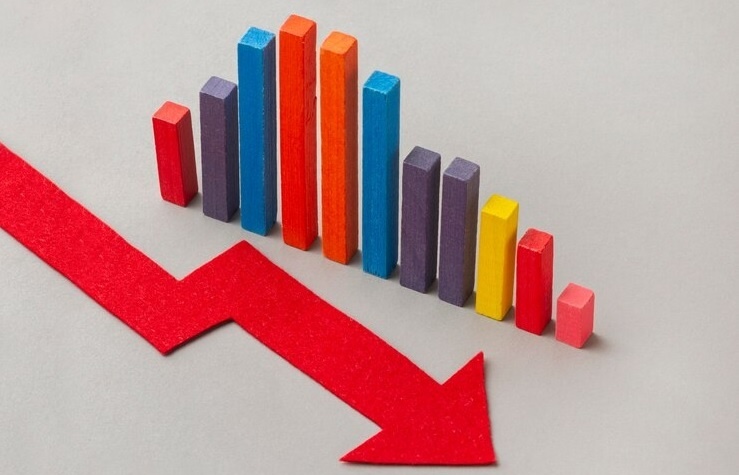


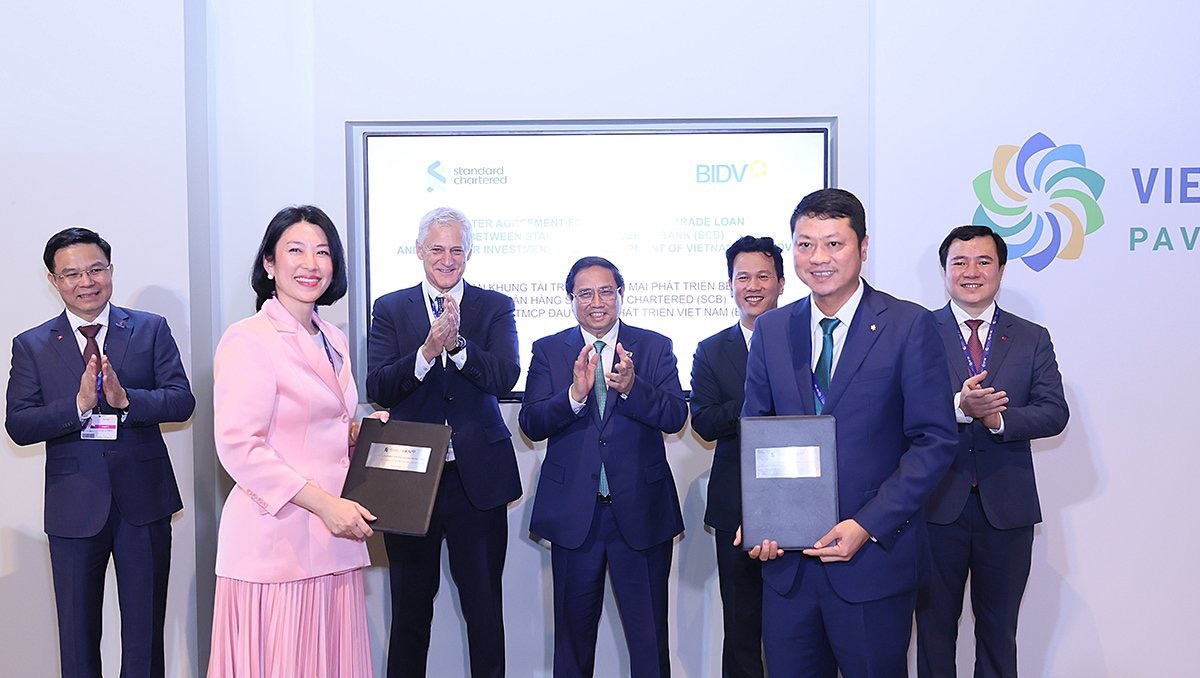
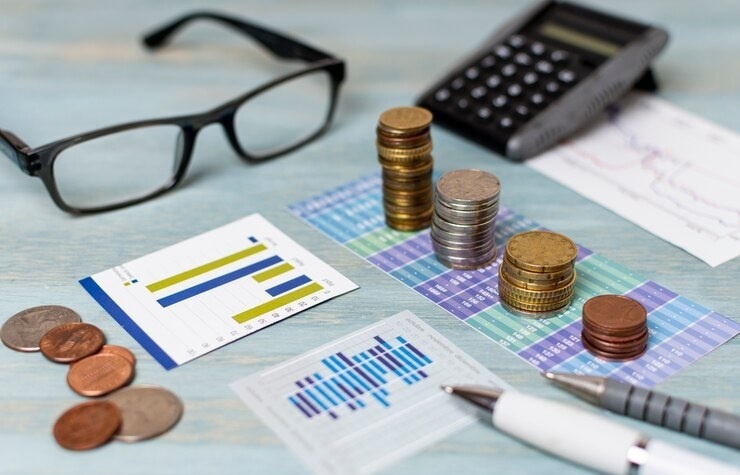

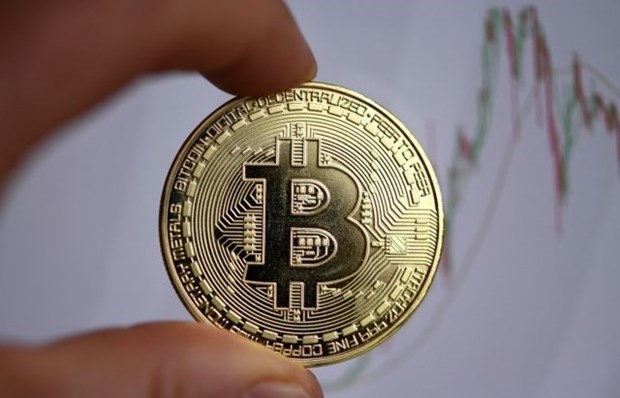



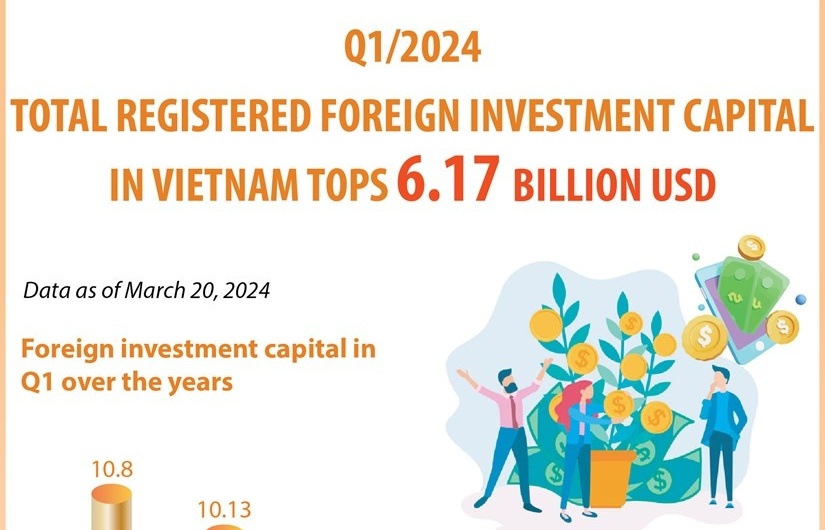


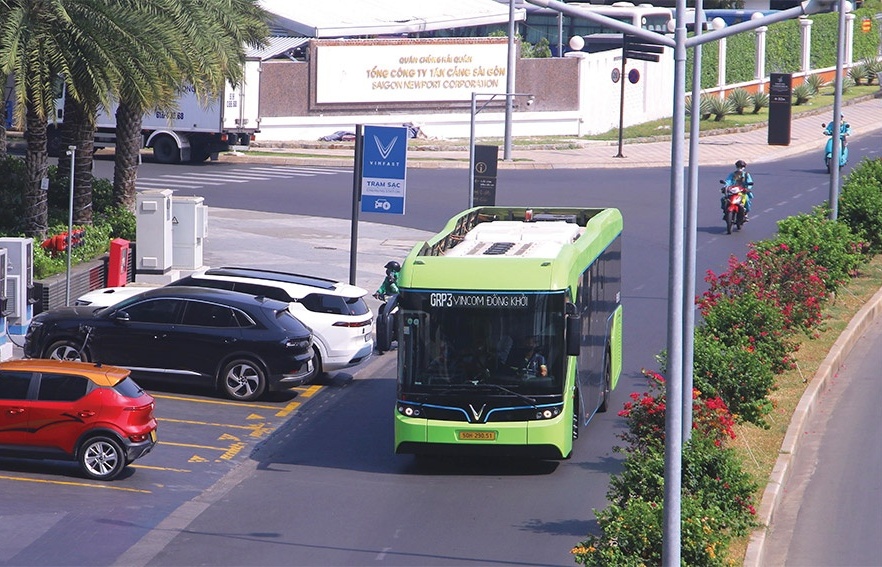


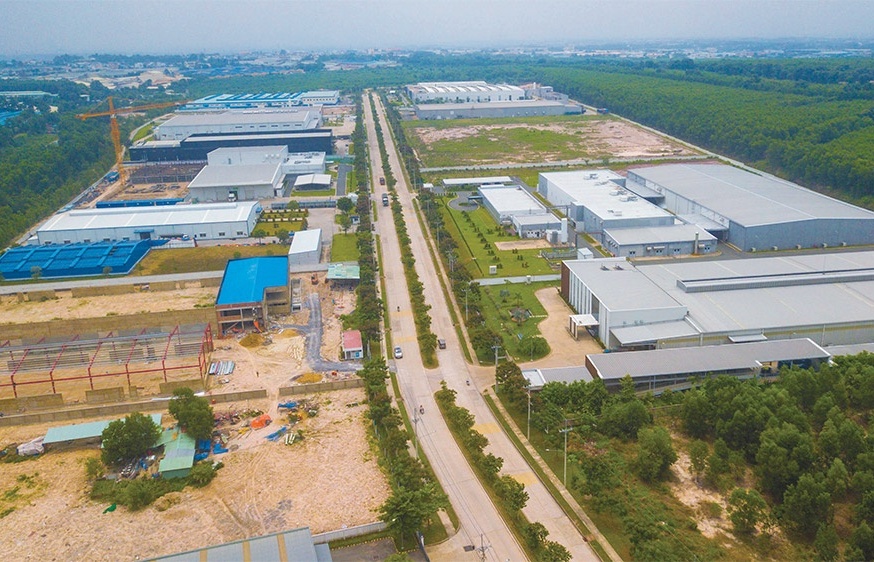



 Mobile Version
Mobile Version